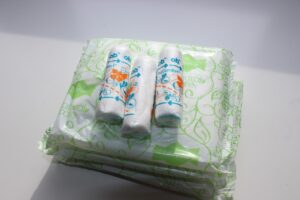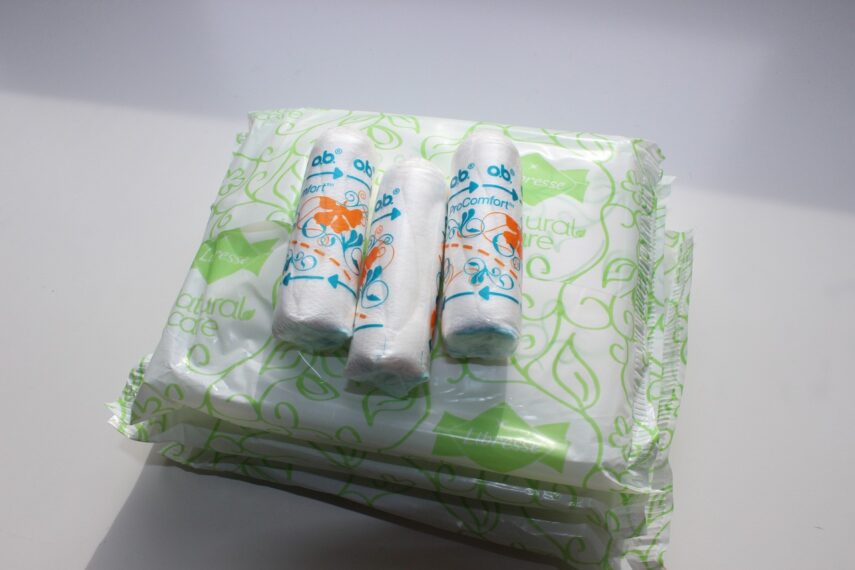 Are “Forever Chemicals” Lurking in Period Products?
Are “Forever Chemicals” Lurking in Period Products?
A “breaking news” email landed in my inbox last week about “forever chemicals” in period products. Breaking news? I’ve been talking about this for such a long time. Still, it is good to be getting the information into the general media sphere as a topic of concern.
In a recent study at Notre Dame University, Indiana, researchers analyzed over 100 period products for fluorinated compounds, an indicator of potentially harmful per- and polyfluoroalkyl substances, or PFAS.
PFAS are a category of over 12,000 compounds that have stick-, stain- and water-resistant properties. Because these compounds don’t break down easily in the environment or our bodies, they are persistent and bioaccumulative – hence they are known as “forever chemicals”. Researchers have also linked exposure to PFAS with an increased risk of negative health outcomes, including some cancers and immune suppression.
Currently, there are few regulatory limits on including PFAS in textiles or period products in the U.S. or Europe. And when it comes to personal products like these women should be concerned about what goes into them.
PFAS were found in various period products including tampons, pads, menstrual cups and reusable underwear, according to the study. Apparently, the researchers also found high concentrations in the outer layers and packaging.
“Forever chemicals” linger in the body, potentially causing hormonal disruptions, reproductive issues, and immune suppression, among other health problems. Long term exposure to these chemicals can increase the risks of severe health conditions including cancer, liver and kidney damage, cardiovascular disease, obesity, diabetes and immune system dysfunction.
Because menstrual products are classed as medical devices, ingredients do not have to be listed, so women are too often unaware of the presence of PFAS and the amount of exposure they are subject to.
Alongside the health risks to women, the persistence of PFAS has significant environmental impact. The substances do not break down and accumulate in landfills and contaminate water sources, which of course means we are all potentially affected.
To reduce exposure to these toxic, hormone disrupting chemicals, consider turning away from conventional to alternative menstrual products. Choose organic menstrual products and try to find those labelled as PFAS-free to be certain.
Further Reading:
For an excellent analysis of the potential risks of PFAS exposure and accumulation within our tissues and their ability to cross the blood brain barrier affecting health and even our behaviour, please take a look at this excellent paper, published in the journal Frontiers in Toxicology:
Starnes HM, Rock KD, Jackson TW, Belcher SM. A Critical Review and Meta-Analysis of Impacts of Per- and Polyfluorinated Substances on the Brain and Behavior. Front Toxicol. 2022 Apr 11;4:881584. doi: 10.3389/ftox.2022.881584. PMID: 35480070; PMCID: PMC9035516.

